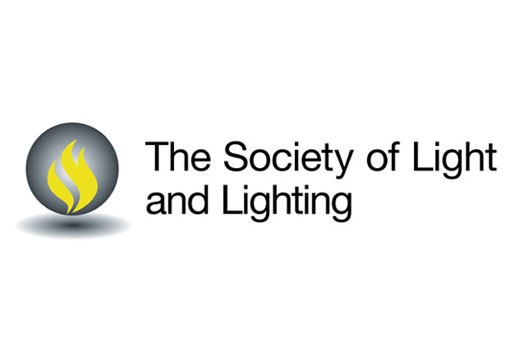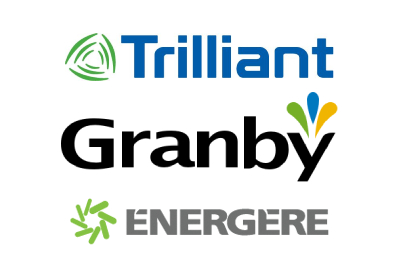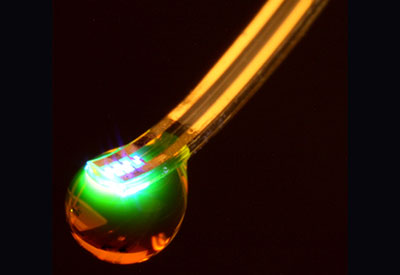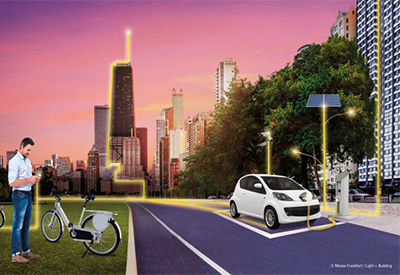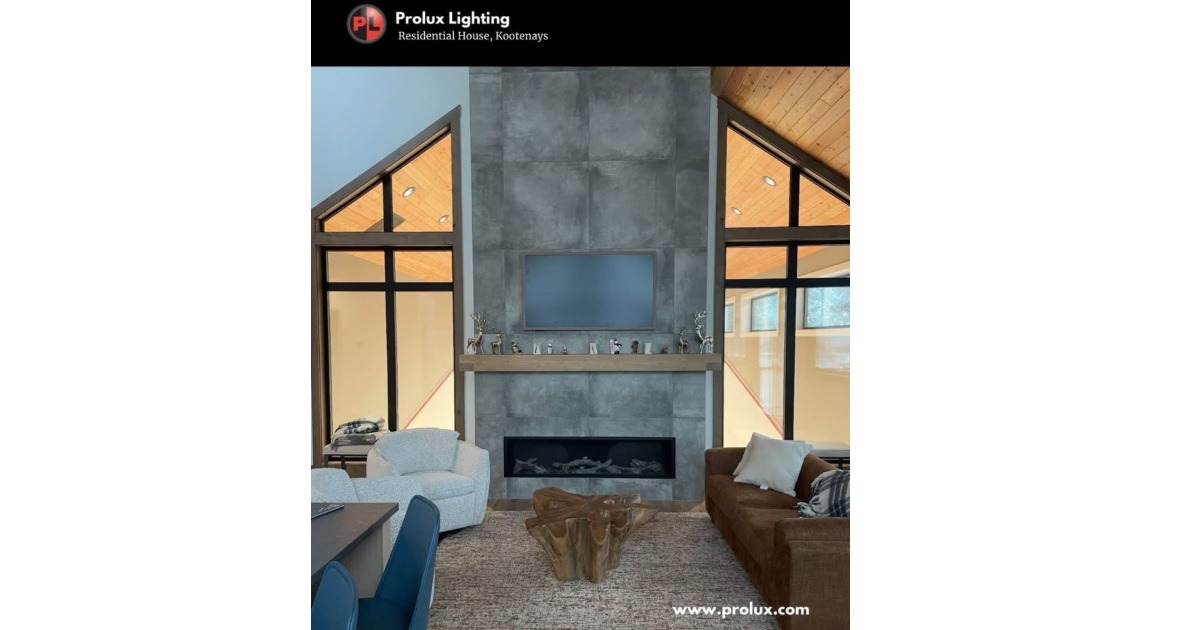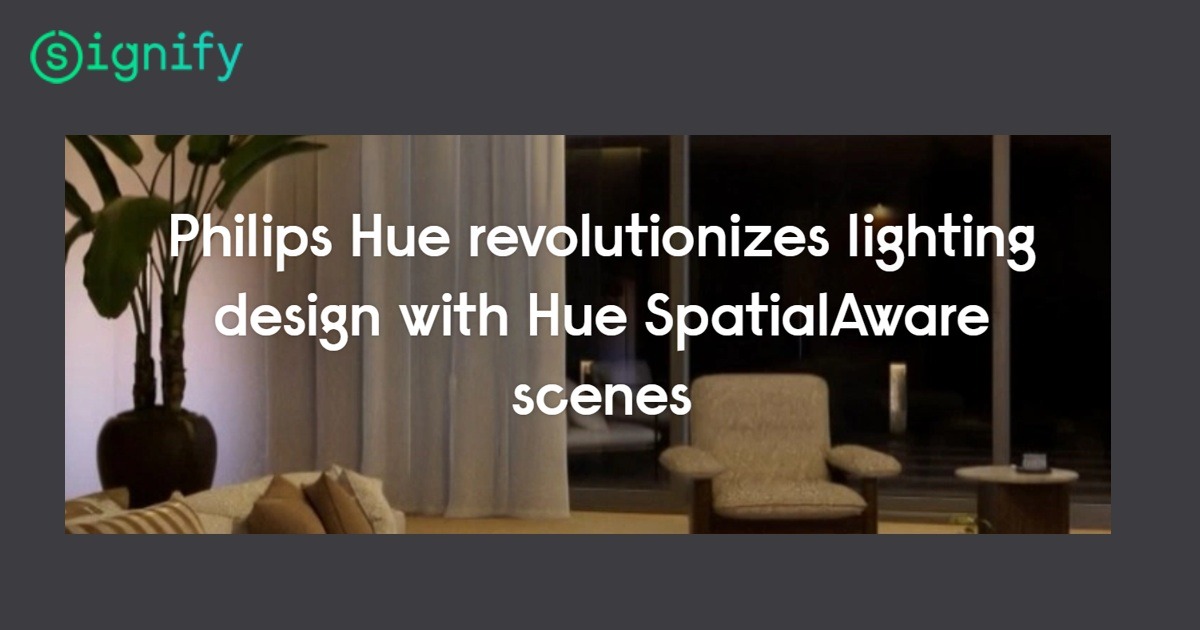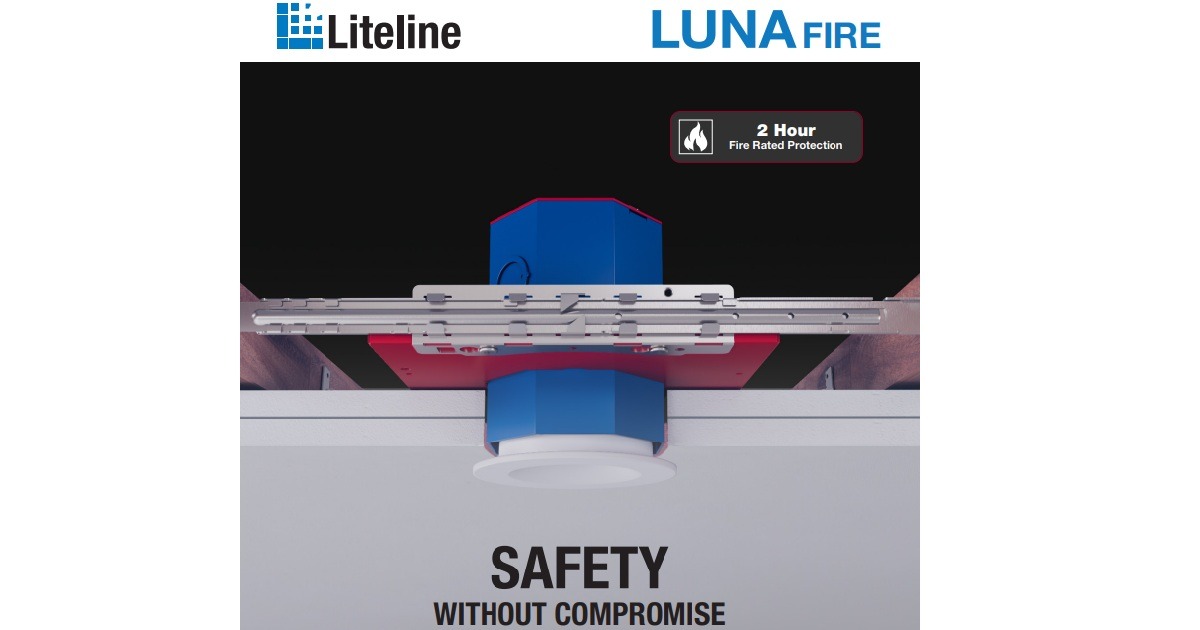LED Light Pollution: Can We Save Energy and Save the Night?
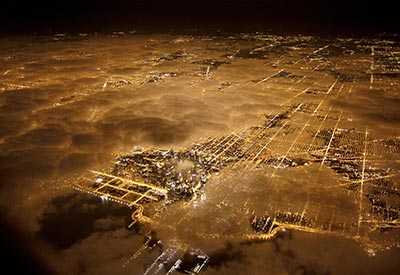
Dec 8 2015
Mark Crawford
Nighttime light pollution, or sky glow, is the combined light from streetlights, parking lots, malls, office buildings, stadiums and other structures that brightens night skies and drastically limits the visibility of stars. Sky glow continues to expand at about 6% annually, especially in industrialized regions. This rapid advance has also been documented from outer space; photographs taken from the International Space Station confirm that sky glow is the result of scattered light from streetlights and buildings, and it is expanding at a significant rate when compared to older photos.
A big contributor to sky glow is the trend away from high-pressure “yellow” sodium lamps and toward broad-spectrum, energy-efficient, blue-white light-emitting diodes (LEDs) for outdoor lighting. This is a disturbing trend to those who are trying to reduce light pollution, like the International Dark-Sky Association (IDA).
“The steady global conversion to white LED lighting, especially for streets, is the biggest problem we have confronted in the 27-year existence of the Dark Sky Association,” says John Barentine, project manager for the IDA. “This now puts us in the awkward position of opposing a brand-new lighting technology that promises substantially lower electricity use and cost savings. But this new technology also brings the potential of making light pollution much worse, even if the new lighting is properly shielded.”
The problem with LEDs
Much of the backscattered radiation in Earth’s atmosphere comes from two major sources of outdoor lighting: high-pressure sodium (HPS) lights and 6500K “cool-white” LEDs. “HPS is dominated by long-wavelength light; 6500K LED is dominated by a narrow, short-wavelength emission band together with a broader long-wavelength emission band,” says Mark Rea, director of the Lighting Research Center and professor of cognitive science at Rensselaer Polytechnic Institute.
The problem is that the strong blue content of the white light in municipal LED installations scatters much more efficiently through Earth’s atmosphere, compared to other colours. “Models suggest that, when matched for the same total output of light, converting city lighting systems to white LED has the potential to significantly increase sky glow over cities,” says Barentine.
Why the big push for white LED lighting?
Many people believe that better visibility improves safety by reducing car accidents and criminal activity. Although this assertion seems reasonable, it is, however, false. No research data backs up these beliefs. Studies done in the UK, Chicago, and other cities confirm that no correlation exists between increased lighting and reduced car accidents or crime, including sexual assault.
What has been proven are the negative health and environmental impacts that can result from excessive lighting. Growing evidence shows that too much intrusive light at night disrupts our natural circadian rhythms, which can lead to fatigue and other serious health issues. For example, a study by Israeli researchers in 2011 showed that women who live in light-saturated neighbourhoods had higher breast cancer rates, suggesting that excessive nighttime lighting (often from LEDs) may interfere with the brain’s production of melatonin, a tumour-suppressing hormone. The American Medical Association even issued a statement that “exposure to excessive light at night, including extended use of various electronic media, can disrupt sleep or exacerbate sleep disorders, especially in children and adolescents.”
Extensive evidence also shows that excessive artificial lighting disrupts the behaviour patterns of nocturnal animals. LED lighting can interfere with their instinctual hunting and survival patterns, putting them at risk. “The various nocturnal species that populate our planet have spectral sensitivities to optical radiation different from those of humans,” says Rea. “For example, most nocturnal species have no long-wavelength-sensitive photoreceptors. Therefore, the impact of short-wavelength radiation could be more debilitating to these nocturnal species than to humans.”
Bright lights, big city
To save money and conserve energy resources, cities around the world are replacing their narrow-range HPS streetlights with broad-spectrum white LED streetlights. Even if the safety logic is false, the big-time energy savings are very real. For example, when Los Angeles converted to LED lights, the city cut its streetlight energy use by 60%, saving about US$8 million annually in energy costs. New York City is currently retrofitting all its streetlights with LEDs at a cost of US$75 million — one of the biggest LED replacements in the United States — saving about US$14 million a year in energy use and maintenance.
The public, however, is not necessarily sold on the bright lights. More residents across the country are complaining about the harsh glare and “light trespass” from white LED streetlights. In Davis, California, for example, residents were very unhappy about the new 4000 K white LED streetlight system the city had just installed. In response, the city set up a test street so residents could offer their opinions on which LED light system was best. Residents chose warmer-looking 2700 K lights, which the city installed at an additional cost of $350,000.
What’s being done
Solving LED light pollution isn’t so much a technical issue as a social one. People have a tendency to use more of something, not less, when it becomes cheaper to produce. Although LED is a more energy-efficient technology that saves money compared to conventional lamps, lowering the cost of producing light is not expected to reduce light use, or even maintain current use levels. “Rather, we expect cities to light more because for the same dollar cost they can operate significantly more fixtures,” says Barentine.
Considerations by cities should include:
• Where and when is lighting warranted or unwarranted?
• Will residents accept part-night illumination programs where lighting is dimmed or switched off overnight?
• What do residents actually want in terms of lighting quality and character?
• Has enough public input been solicited into the decision-making process?
• Have test installations been erected to show residents options for lighting levels and colour temperature?
• What sort of optics are in the lamps a city proposes to buy? Do they produce unacceptable levels of glare?
• Has the city pressed potential contractors on the full array of LED product offerings?
• Has the city conducted any assessment as to the environmental impact of converting to LED from older lamp technologies?
An aspect that is often overlooked when installing LEDs is atmospheric conditions — some cities are better suited for LED lighting than others, based on moisture content of the air. When air is dry and clear, light scatters more easily, especially the short-wave radiation from LEDs, creating more sky glow and glare.
“It is well known that the magnitude of sky glow on a clear night depends upon the aerosol content in the atmosphere and the spectral power distribution,” says Rea. “Sources with a greater proportion of short-wavelength radiation produce more backscattered radiation, but as aerosol density increases, the differential effect of spectrum becomes smaller.” Therefore, LED light trespass and glare are not as much of a problem in Ireland, where there is plenty moisture in the air, compared to Tucson, where the impact of LED lighting is more expansive.
City planners can also use modelling programs to help determine the social and environmental impacts of LED lights before installing them. For example, the Outdoor Site-Lighting Performance program developed by Rea and the Lighting Research Center can analyze a variety of design options in the context of existing site conditions and the visual requirements for the lighting application. This allows planners and engineers to determine the best possible lighting scheme to minimize light pollution glow, trespass, and glare. Improved shielding also helps, but light reflected from the ground also rebounds into the sky, contributing to sky glow.
Changes in social awareness can also reduce the impact of light pollution. According to Christopher Kyba, a postdoc light-pollution researcher at the German Research Center for Geoscience, “determining how much dimmer sidewalks can be, while still providing a feel of safety and security, could significantly reduce sky glow.” Kyba says the advent of driverless-car technology could also change lighting requirements. “If we reach a point where computers drive nearly all the cars, they could use IR headlights, along with very dim running lights, to make them visible to pedestrians and cyclists. Then we wouldn’t need to light streets anymore, just sidewalks and bicycle lanes. Because those users travel at such low speeds, much dimmer lighting would be possible without any negative impacts.”
Barentine says that a key factor in controlling light pollution is reducing the amount of blue light emitted by LED fixtures to the lowest possible level. He recommends not exceeding a colour temperature of 3000 K and using lights with the lowest possible glare rating in the BUG (backlight/uplight/glare) rating system. A good start would be a system that is in the 3000-4000 K range for colour temperature, provides good glare control, and maintains lower lighting levels compared to typical values in cities today. “I think if cities mocked up installations of lights with a variety of different parameters, the public would ultimately choose a better option, like they did in Davis,” he says.
Ongoing research into new lighting technologies may also bring some breakthroughs. Possibilities include organic LEDs (OLEDs) and light-emitting plasma (LEP, or just “plasma”). Development costs are still too high, however, to support commercialization. “These are both technically solid-state technologies, but their means of generating light are very different than the semiconductors at the heart of conventional LEDs,” adds Barentine. “These are probably both a few decades away from making significant inroads to commercial markets.”
Mark Crawford, Principal of MC2 Solutions, is a freelance business and marketing/communications writer based in Madison, Wisconsin; http://mc2solutions.weebly.com/index.html
Published with permission of the author and SPIE, the International Society for Optics and Photonics. This article was previously published on October 5 on SPIE’s online newsroom, http://spie.org/x1004.xml


